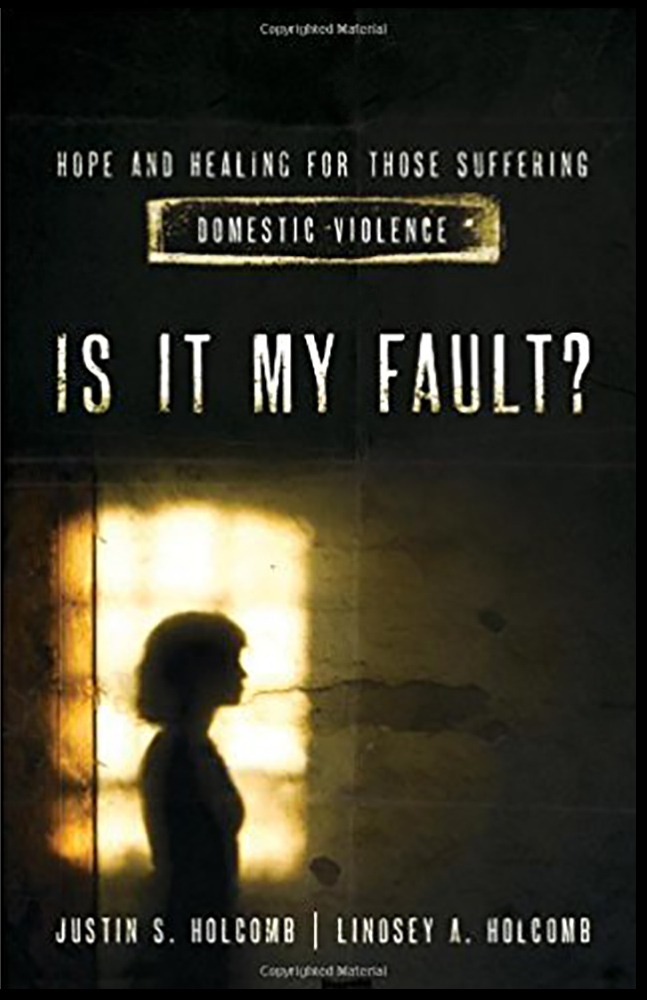Is It My Fault?
By Justin S. & Lindsey A. Holcomb
BOOK REVIEW
Reviewer: Joan Garrity
Review Date: September 2015
The book begins by defining abuse as “not necessarily physical.” Emotional abuse can be just as damaging – and at times more so. Ethicist Wolfgang Huber argues that “violence is better defined as the intent to hurt or torture, more than physical injury. Violence is the unrelenting assault on human dignity.”
“Your situation does not fall outside God’s reach of transformation.”
This book is meant for:
- Victims and Survivors of Abuse
- Pastors and Ministry Leaders
- Friends and Family of the Abused
- Women in General
While the authors indicate that there are men who are abused by their partners, they are a great minority. Thus the book is written to females, though males can certainly gain insight into the problems as victims as well.
This book is well written and very comforting in its understanding of the effects of violence, physical, sexual and emotional, on women. The authors insist throughout the book that only the abuser is at fault – that it is never the fault of the abused. They continue to assure that God has not abandoned the abused – that God sees and recognizes their pain and will help.
Since, often, the abuser will say that the woman is to “submit” to her husband, using a Biblical concept as an excuse to justify the continued violence, this book points to Bible passages and looks at what Jesus has to say about women, and what God has to say about suffering.
The Bible indicates that there is no virtue in enduring suffering if no greater good is at stake. We are not created to suffer. Examples given are Noah ,the Patriarchs, David, Israel at the times of the Judges, Esther, Paul, and even Jesus. Jesus walked away from people who wanted to stone him. David ran from Saul. The entire book of Judges is about suffering and getting away from it by the actions of God. God will often provide a way to escape from violence by normal, natural means. “Your situation does not fall outside God’s reach of transformation. God delivers, but sometimes the deliverance we hope for does not arrive as quickly as we’d like. Therefore….our hope is in the promise of deliverance. We can look to the future and the final deliverance with the return of Christ and we can actively position ourselves to avoid violence that is avoidable.” (p.124)
I would recommend this book to victims as well as counselors and pastors for insight as the depth of fear that can hold a victim in its grasp.

